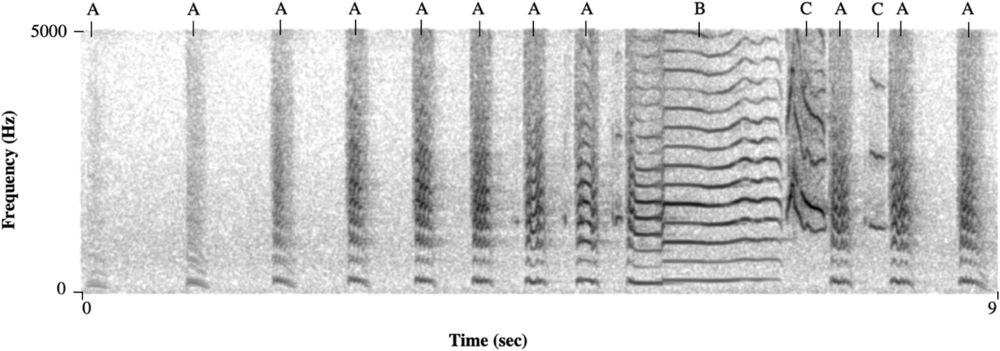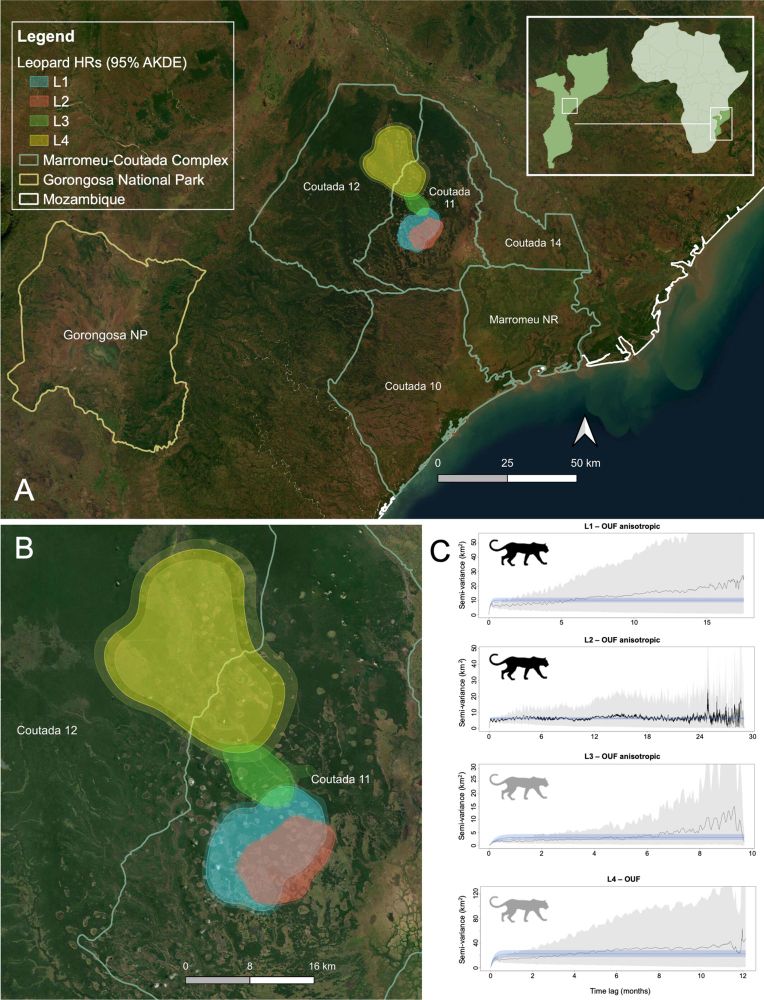Identification of five sleep-biopsychosocial profiles with specific neural signatures linking sleep variability with health, cognition, and lifestyle factors
by Aurore A. Perrault, Valeria Kebets, Nicole M. Y. Kuek, Nathan E. Cross, Rackeb Tesfaye, Florence B. Pomares, Jingwei Li, Michael W. L. Chee, Thien Thanh Dang-Vu, B. T. Thomas Yeo
Sleep is essential for optimal functioning and health. Interconnected to multiple biological, psychological, and socio-environmental factors (i.e., biopsychosocial factors), the multidimensional nature of sleep is rarely capitalized on in research. Here, we deployed a data-driven approach to identify sleep-biopsychosocial profiles that linked self-reported sleep patterns to inter-individual variability in health, cognition, and lifestyle factors in 770 healthy young adults. We uncovered five profiles, including two profiles reflecting general psychopathology associated with either reports of general poor sleep or an absence of sleep complaints (i.e., sleep resilience), respectively. The three other profiles were driven by the use of sleep aids and social satisfaction, sleep duration, and cognitive performance, and sleep disturbance linked to cognition and mental health. Furthermore, identified sleep-biopsychosocial profiles displayed unique patterns of brain network organization. In particular, somatomotor network connectivity alterations were involved in the relationships between sleep and biopsychosocial factors. These profiles can potentially untangle the interplay between individuals’ variability in sleep, health, cognition, and lifestyle—equipping research and clinical settings to better support individual’s well-being.














